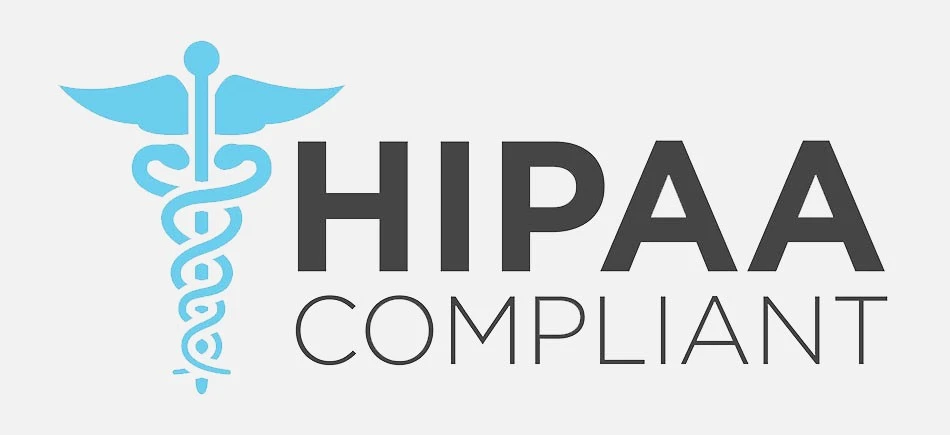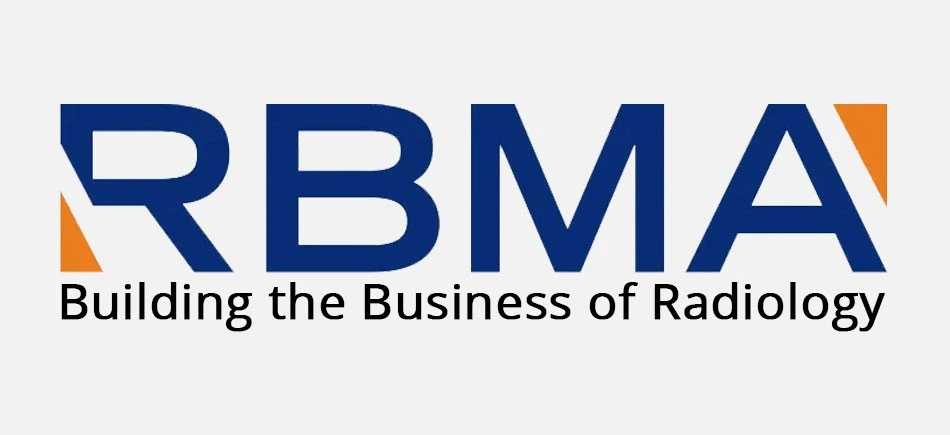Revenue cycle management incorporates a wide range of activities in a healthcare set-up; it extends from scheduling a patient’s first appointment and confirming their insurance to collecting the final payment. As more people have access to healthcare services, organizations see a lot of room to streamline their RCM processes. It improves bottom-line results while, at the same time, upgrading overall patient experience.
The global RCM market, for example, is estimated to grow from 148.84 billion dollars by 2024 to 361.86 billion dollars by 2032 at an approximate annual growth rate of around 11.7 percent over the period. The gaining trend demonstrates the need to improve all areas of RCM processes for better contribution margins and overall financial viability. Let’s check the eight basic strategies that can help improve your revenue cycle operations.
Streamline Patient Registration Processes
A revenue cycle’s effectiveness begins at the first point of contact where the patient’s data is collected. Introducing automated registration and confirmation systems helps eliminate any human errors while also reducing the time taken.
These systems ensure that patient information like insurance and consent for treatment are all verified and recorded. To prevent future claims denial, you should verify all insurance coverage benefits and co-pays at this stage.
The patient registration process is critical to all healthcare organizations as it helps streamline administrative processes and improve the effectiveness of all billing processes that would follow.
Streamline Pre-Authorization Processes
As one would expect in the industry, getting required approvals before a service is an integral part of RCM. These automated tools can manage pre-authorizations to reduce delays in the process. These tools monitor the authorization process, its expiration, and the terms set by the particular payer so that all requirements can be met effectively.
When employees are trained in payer-specific requirements and maintain an updated database about pre-authorization requirements, it decreases the risk of service denials and revenue loss. Hence, these methods empower providers to get paid on time and maintain good relationships with the payers.
Expand The Use of Automated Billing Software
Moving into automated billing software also minimizes manual errors and controls billing accuracy. Providers should also adopt up-to-date coding systems such as ICD-10 and CPC codes so that they do not have a high number of their billing efforts rejected in most cases.
In addition, the automation of effortless and tedious billing processes such as charge capturing and submission of claims for payment has increased efficiency and decreased administrative tasks. Due to the investment in advanced billing systems, many healthcare organizations have improved their revenue cycles, and fewer of their claims are rejected.
Enhance Claim Management Processes
Achieving the maximal level of operational efficiency means minimizing claim denials and rejections. Tools such as the use of more sophisticated claim scrubbing software and regular audits on submitted claims are essential for compliance and accuracy.
Using analytical tools to review and remediate routinely denied claims enables organizations to identify patterns that cause operational ineffectiveness and subsequently modify them. This is also essential because when claim management improves, healthcare providers’ first-pass resolution rates are higher and days in accounts receivable are shorter, which leads to increased cash flow.
Strengthen Payment Collection Systems
Introducing facilities such as credit card payments, online payments, and partial payments will increase patient satisfaction and collection rates. Accessing patient portals is beneficial as patients can check their billing addresses and the content of the statements for effortless payments.
Follow-ups, reminders, and automated systems for outreach help to ensure that outstanding bills are collected promptly. This way, payment collection systems can allow you to enhance the experience and the financial bottom line within the healthcare organization.
Promote Interdepartmental Interaction
Interacting with the clinical and administrative teams about the RCM challenges is crucial. Develop a unified approach that aligns clinical documentation with billing practices.
Crucial tasks are also imposed on management in terms of motivation, cooperation, and cohesion between the departments & organization’s goals.
Reducing organizational boundaries and improving cross-functional collaboration between departments makes it possible for healthcare providers to improve processes and revenue cycles.
Staff Training and Further Education
Targeted professional improvement in RCM best practices is one of the most important ways to retain a competitive advantage. Regular training sessions, workshops, and webinars on changing regulations and applying new technologies help keep the staff productive and compliant.
It is good practice to not only push for certifications but also specialized training programs that hone the skills of staff members and create an interest in staff development. The engagement of healthcare organizations in staff training guarantees the creation of a competent workforce that is capable of transforming RCM.
Incorporate Analytics
Applying analytics for RCM metrics such as days in AR, denial rates, and trends in patient payment capture helps build performance intelligence for the organization. Recognizing changes and other characteristics using data analytics aids in strategic planning and assists in locating revenue cycle improvement opportunities.
Strategic planning based on data helps all stakeholders in the healthcare business to refine processes, improve productivity, and seek continuous improvement. Organizations can respond to challenges and take advantage of expanding and growing revenue by data.
The Conclusion
The healthcare business model has evolved tremendously, making it all the more important that healthcare organizations practice revenue collection management (RCM) efficiently. A well-focused way to detect inefficiencies and revenue loss can be possible through streamlining patient registration, technological integration and optimizing denial management. These strategies introduce security and growth to healthcare practices, thus enabling them to focus better on patient care.
Does RCM improve financial standing while at the same time improving patient satisfaction? The answer is yes, with patient satisfaction higher than organizational operational goals higher when it is a priority. RCM is strategic; it’s also an instrument to drive growth and sustainability for organizations.
Get a FREE QUOTE!
Decide in 24 hours whether outsourcing will work for you.
Have specific requirements? Email us at: ![]()
Key Differentiators
Software At O2I Healthcare
Specialties HIPAA Compliance HIPAA 5010
Standards Compliance CPT Coding
Compliance Healthcare
Processes Medical
Billing Process Charge
Entry Process Medical
Coding Process Medical
Claims Process FAQs on Medical Accounts
Receivable Services FAQs on Outsourcing
Claims Adjudication Services Medical
Transcription Process HL7 ICD-10 Compliance
-
 Outsourcing Medical Billing Services - Evaluating its Impact on Your Practice
Outsourcing Medical Billing Services - Evaluating its Impact on Your Practice
-
 US-based Healthcare Research & Consulting Firm Approached O2I For Medical Transcription Services
US-based Healthcare Research & Consulting Firm Approached O2I For Medical Transcription Services
-
 Outsource2india Provided Patient Onboarding Services to a Leading Healthcare Company
Outsource2india Provided Patient Onboarding Services to a Leading Healthcare Company
-
 Outsource2india Assisted a Florida-based Medical Billing Company with ICD-10 Implementation
Outsource2india Assisted a Florida-based Medical Billing Company with ICD-10 Implementation
-
 Caribbean Radiologists Got STAT Reports Automation Services from Outsource2india
Caribbean Radiologists Got STAT Reports Automation Services from Outsource2india
-
 Outsource2india Helped a Medical Imaging Firm with Quick Teleradiology Services
Outsource2india Helped a Medical Imaging Firm with Quick Teleradiology Services
Frequently Asked Questions (FAQs)
What methods can be employed to enhance the revenue cycle process in healthcare?
Incorporate technology to minimize human errors, make patient registries and billing systems efficient, and apply analytics to pinpoint and solve weaknesses.
Why should I consider outsourcing revenue cycle management in healthcare?
The benefits of outsourcing include access to specialized knowledge, enhanced efficiency, and accuracy while reducing costs and optimum utilization of available resources.
What techniques can be used to improve the revenue cycle management process?
Methods like advanced financial forecasting, continuous financial review, and enabling patients to settle bills in segments are a few ways to improve revenue management.
What role does the RCM process play in enhancing patient satisfaction?
Transparent billing practices and incorporating better practices within staff are a few revenue cycle monitoring processes that decrease errors and consultative effort, thus resulting in higher patient satisfaction.
What steps in revenue cycle management can I take to refine the process?
To customize the RCM process, it's best to embrace technology, train and educate the employees, measure organizational performance regularly, and encourage inter-departmental cooperation.


















 \
\






